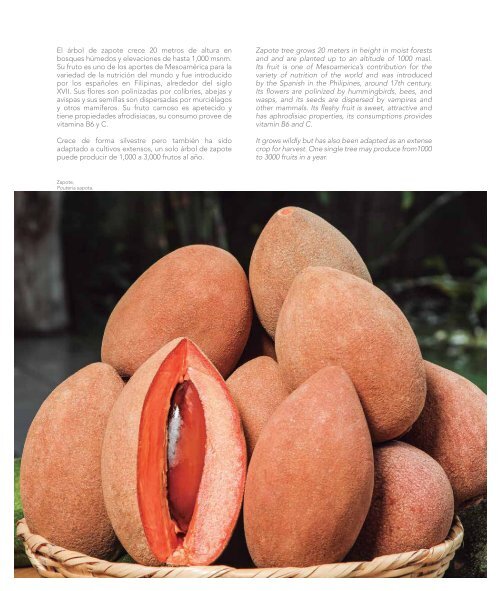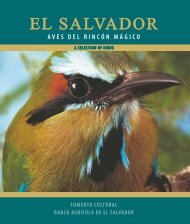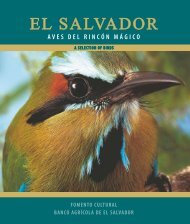You also want an ePaper? Increase the reach of your titles
YUMPU automatically turns print PDFs into web optimized ePapers that Google loves.
El árbol de zapote crece 20 metros de altura en<br />
bos<strong>que</strong>s húmedos y elevaciones de hasta 1,000 msnm.<br />
Su fruto es uno de los aportes de Mesoamérica para la<br />
variedad de la nutrición del mundo y fue introducido<br />
por los españoles en Filipinas, alrededor del siglo<br />
XVII. Sus flores son polinizadas por colibríes, abejas y<br />
avispas y sus semillas son dispersadas por murciélagos<br />
y otros mamíferos. Su fruto car<strong>nos</strong>o es apetecido y<br />
tiene propiedades afrodisiacas, su consumo provee de<br />
vitamina B6 y C.<br />
Crece de forma silvestre pero también ha sido<br />
adaptado a cultivos extensos, un solo árbol de zapote<br />
puede producir de 1,000 a 3,000 frutos al año.<br />
Zapote tree grows 20 meters in height in moist forests<br />
and and are planted up to an altitude of 1000 masl.<br />
Its fruit is one of Mesoamerica’s contribution for the<br />
variety of nutrition of the world and was introduced<br />
by the Spanish in the Philipines, around 17th century.<br />
Its flowers are polinized by hummingbirds, bees, and<br />
wasps, and its seeds are dispersed by vampires and<br />
other mammals. Its fleshy fruit is sweet, attractive and<br />
has aphrodisiac properties, its consumptions provides<br />
vitamin B6 and C.<br />
It grows wildly but has also been adapted as an extense<br />
crop for harvest. One single tree may produce from1000<br />
to 3000 fruits in a year.<br />
Zapote,<br />
Pouteria sapota.

















